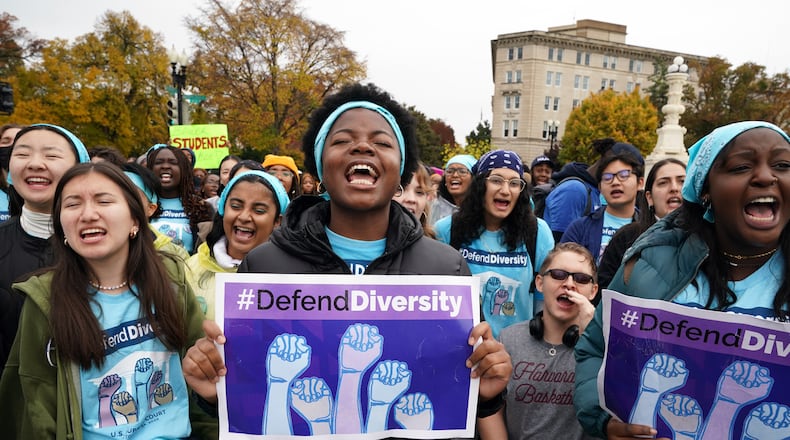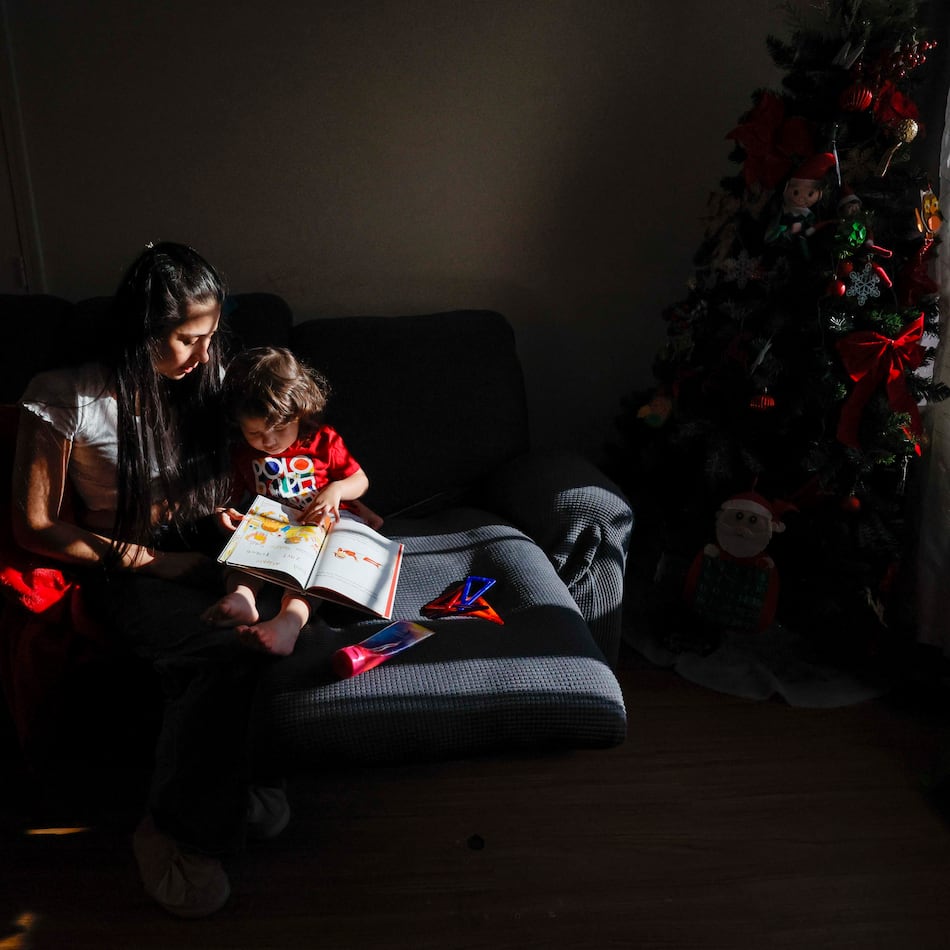In a major ruling anticipated in the next few months, the U.S. Supreme Court is expected to end affirmative action in college admissions. The high court’s decision on whether colleges can use race-conscious admissions may come as early as June.
Lawsuits by Students for Fair Admissions allege admissions policies at Harvard, the country’s oldest private university, and the University of North Carolina, the first public university to admit students, penalize academically superior Asian American applicants to the benefit of less-qualified whites and minorities. (University System of Georgia policy does not consider race in its admissions process.)
In the fall hearing on those two lawsuits, the high court’s conservative jurists indicated a willingness to toss the landmark 2003 Grutter v. Bollinger decision, which said the Constitution “does not prohibit the law school’s narrowly tailored use of race in admissions decisions to further a compelling interest in obtaining the educational benefits that flow from a diverse student body.”
Explaining that he didn’t attend racially diverse campuses, Justice Clarence Thomas, the court’s second Black justice and now its longest-serving member, told a UNC attorney, “I’ve heard the word diversity quite a few times, and I don’t have a clue what it means.”
The public seems to share the antipathy of the court’s conservative majority toward race in college admissions. Three-quarters of respondents on a Pew Research Center survey last year said race and ethnicity should not be a factor in college admissions decisions. A Reuters/Ipsos poll in February found 67% of respondents felt admissions should be based solely on merit.
Admissions have never been based on merit alone, said Anthony P. Carnevale, director of the Georgetown University Center on Education and the Workforce, a major research center on education, career qualifications and workforce demands. There has always been affirmative action for star athletes and the offspring of alums, rich donors, legislators and celebrities, he said.
“We pretend that this is a merit-based system,” said Carnevale in an interview. “Middle-class America says it wants it to be fair, but they don’t want Black kids, Latino kids or Native Americans to get in before their kids.”
While many Americans may oppose race-conscious admissions, surveys suggest they may be more sympathetic to class, acknowledging that low-income teens face challenges. Some proponents of campus diversity suggest admissions policies that consider socioeconomic class could blunt the impact of a Supreme Court prohibition on race.
However, a new study by Carnevale and his Georgetown colleagues concludes colleges will be less racially and ethnically diverse if they can’t consider race. The study examined six class admissions models to ascertain whether they could achieve racial diversity in selective colleges.
One of the drawbacks to asking colleges to prioritize a student’s economic standing in their admissions process is that some can’t afford to do so. While colleges may seek diverse student bodies, what they mostly want are balanced budgets, said Carnevale. “People forget colleges and churches are both businesses.”
An increase in students who can only attend if more than half of their costs are covered threatens a college’s bottom line, said Carnevale. It’s one thing to offer a legacy admission the standard $10,000 merit scholarship; it’s another to pick up more than half the expenses of a low-income student.
“It means raising a ton more money. A college president understands that once I go below 50% pay, I am on a downward slide. You can do merit scholarships for five kids for every one poor kid,” he said.
Affirmative action has long served as a “Band-Aid over the gaping wound” of America’s structural inequities created to channel economic opportunity to white Americans, said Carnevale. A Supreme Court ruling outlawing affirmative action will rip off the bandage and expose that wound to the air.
That may lead to more attention to a K-12 system that still better serves middle-class students than poor ones and an increased focus on pathways to good-paying jobs for young people other than the four-year bachelor’s degree, he said.
An end to race-conscious admissions will trigger a debate likely to be more political in nature than educational, predicts Carnevale. He expects “revenge” legislation from Democrats demanding transparency from colleges on their applicant pools, such as whether an applicant is connected to a donor. There could be legislation aimed at eliminating legacy admissions, which benefit middle-class families.
“This whole debate is about to open up,” he said, “and, while it will be a healthy conversation, it will also be bitter.”
About the Author
The Latest
Featured



